With its economy booming, Bangladesh is embarking on a modernization plan, which includes acquiring Western combat aircraft for the first time in its history. Eurofighter Typhoon is believed to be the front-runner while Dassault Rafale is seen as the second favorite, as per experts.
‘Hot Winters’ Ahead: India Must Prepare For Long, Undeclared War With China; Prepare For ‘Next Confrontation’ – MilitaryVeterans
Mid-Air Collision: F-22 Raptor, F-35 Fighter Jet Almost Crashed Into Each Other During US Air Force Drills
Dhaka’s trusted ally and neighbor India operates the French-made ‘omnirole’ Rafale jets. At present, the Bangladesh Air force has a modest fleet of just 44 combat aircraft, of which eight are MiG-29 BM/UB while the rest are Chinese-supplied F-7BGI/BG/MB.
Although the MiG-29s were recently modernized by Belarus, the aircraft is no match for modern 4.5th generation combat aircraft. The F-7, a Chinese reverse-engineered MiG-21, is staring at obsolescence.
Ash Rehman, writing for Dhaka Tribune says Bangladesh Air Force maintains a very impressive Air Force Academy and the South Asian nation is building a training institute that can match the best in the world.
He argues that Bangladesh Air Force (BAF) should go for an aircraft – while backing Eurofighter Typhoon — that none of its neighbors have which includes the Sukhoi Su-30 that is being operated by both India and China.
He also critiques the French-origin Rafale in his OpEd and says Indian Air Force is already operating Rafales and believes that by going with Dassault jets, Bangladesh could be heavily dependent on France and their whims and fancies.
Straight From Science Fiction, US To Equip Its Military With High-Energy Laser Guns For Next-Gen Warfare
Overhyped! Why China’s ‘Much Touted’ J-20 Jets, Despite New Engine & BVR Missile, Cannot End F-35’s Dominance?
He says having a similar aircraft to “adversaries” is a drawback as they know its capabilities. Secondly, he says that if BAF buys the Rafale and if for some reason relations between France and Bangladesh deteriorate, critical spare parts, weapons, overhauling etc for the aircraft would be held up.
That would not be the case with the Typhoon as it is “manufactured” in different countries.
However, Rahman’s reasoning doesn’t hold up as aviation experts at EurAsian Times debunked his arguments.
1. Both the IAF and China’s PLAAF fly different derivatives of the Su-30. Both countries have had a long-drawn border dispute going on for the last 70 years, which has heated up considerably over the last year and a half. If having a similar aircraft was a drawback, then why IAF and PLAAF are flying similar, Russian-origin aircraft?
2. Why is Bangladesh wanting a dissimilar aircraft? It shares extremely cordial ties with both India and China. The possibility of a war between India and Bangladesh is next to zero. Bangladesh going to war with China is highly unlikely.
Pakistan Army Formally Inducts China’s ‘Most Powerful’ Main Battle Tank Amid Tensions With India
It would be ideal if Bangladesh buys the Rafale or even Sukhoi Su-30 as IAF can help the BAF in maintaining these planes as it has set-up advanced facilities where both planes can be repaired and overhauled as in Su-30’s case.
3. The Eurofighter Typhoon is built by a consortium of European countries like the UK, Germany, Italy and Spain. All make different parts for the aircraft and none of them builds the whole aircraft. So, if Bangladesh buys Typhoons, it has to be on good terms with each of these four countries because even if ties are strained with one country, the upkeep of the jets will be affected.
Typhoon Vs Rafale: Which Aircraft Is More Suitable For Bangladesh Air Force?
Design
Initially, France was part of a consortium which was set up in the early 1980s to develop a Eurofighter but after it withdrew and developed its own Rafale, it is hardly surprising the two aircraft have a similar design language.
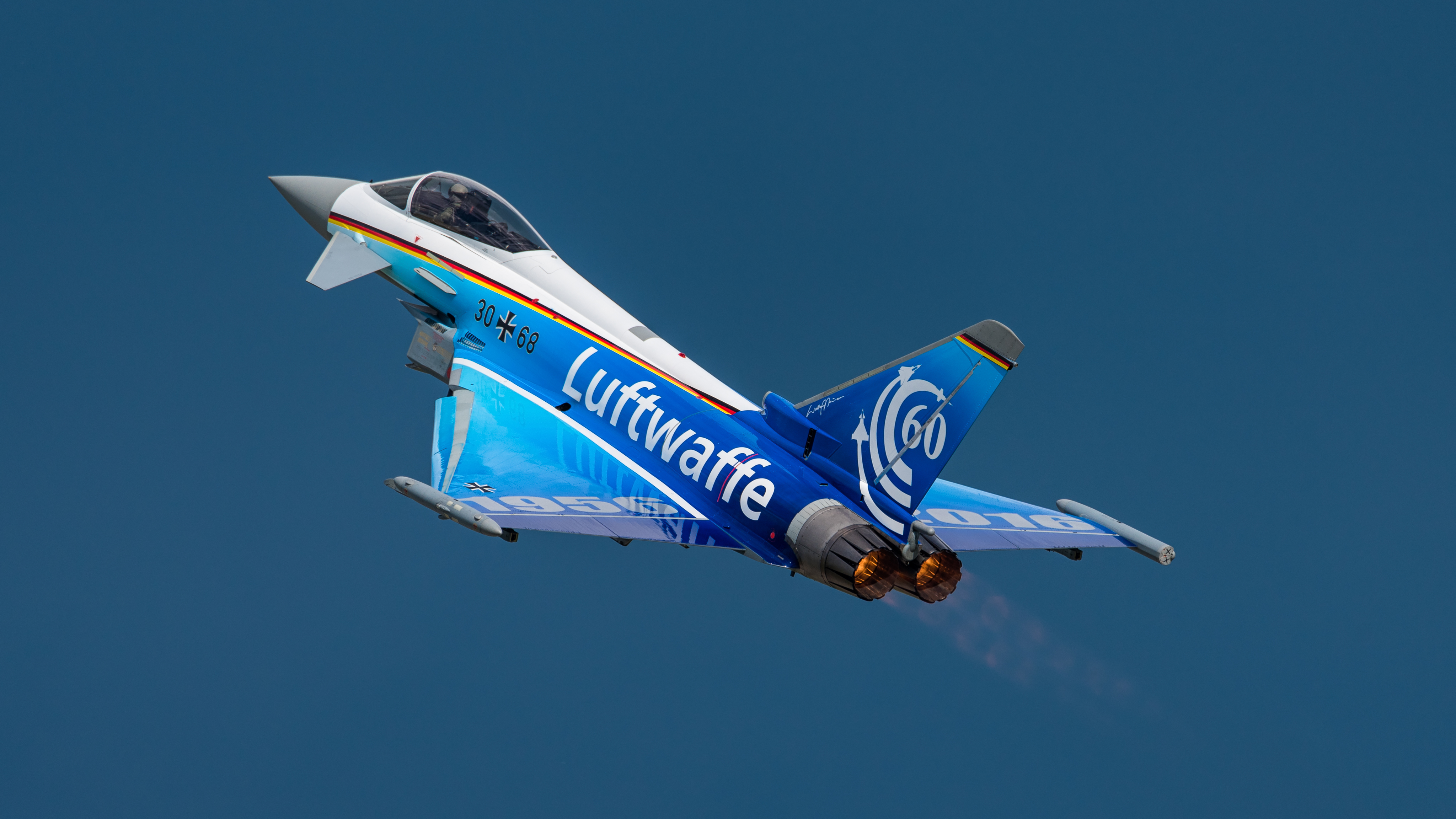
The main differences are that Rafale’s airframe is suitable for CATOBAR (Catapult Assisted Take-Off But Arrested Recovery) operations from aircraft carriers. Secondly, the Rafale was designed to carry tactical nuclear weapons, a feature which was not considered for the Eurofighter Typhoon.
Rafale is also better at carrying greater loads and has very good handling even at low speeds while the Typhoon’s design lends itself to being able to perform exceptionally at altitude and great agility at transonic and supersonic speeds.
Radar
Rafale’s RBE2 radar has an advantage against targets with low RCS (radar cross-section) as the AESA (active electronically scanned array) radars usually do better when confronted with such threats. However, the CAPTOR-M of the Typhoon because of its much larger aperture has an advantage against bigger targets. The Typhoon will fly during air-to-air missions at higher altitudes.
In within visual range engagements, the RBE2 has an advantage as the AESA scans, acquires and classifies targets faster and has greater resistance to breaking lock during a dogfight. Aiding this is the excellent display in the cockpit of Rafale’s F3R version.
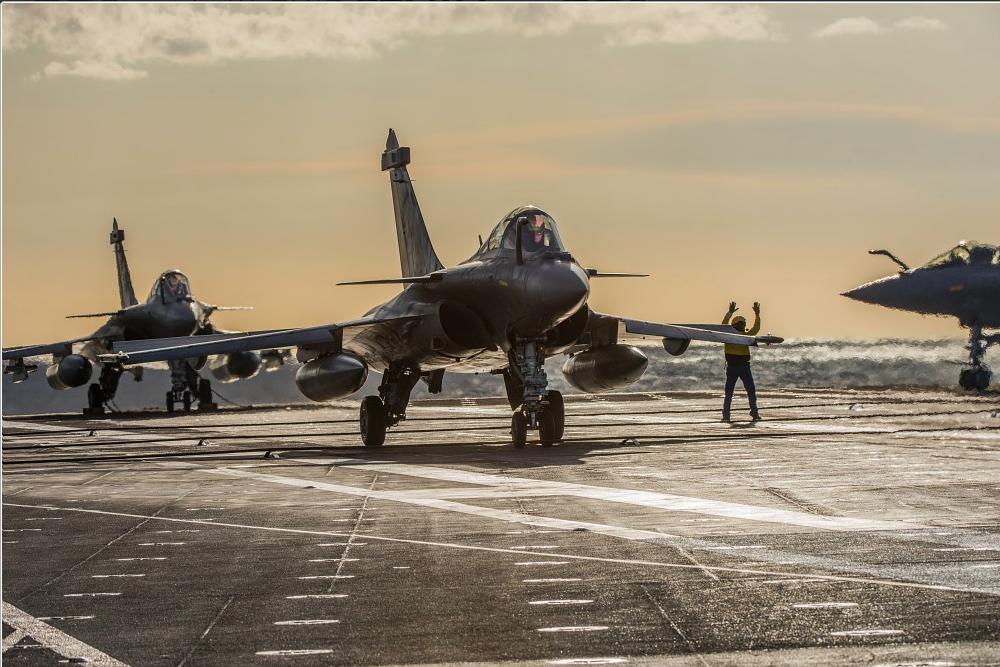
In the air-to-ground role, again the Rafale’s AESA radar gives far more options than the Typhoon’s CAPTOR-M.
In the maritime attack role, which will be one of the primary missions of any aircraft inducted by Bangladesh, Rafale again has the advantage because the RBE2 was designed from the outset for this role as Rafale serves with the French navy, and comes integrated with the Exocet anti-ship missile.
Weapons
The AIM-120C7 and AIM-120D variants of AMRAAM used on RAF Typhoons have a significant range advantage over Rafale’s MICA, though the MICA has infrared version which can engage targets beyond visual range while the AMRAAMs don’t.
But both versions of AMRAAM can be used in passive engagements with guidance delivered by another aircraft operating its radar in active mode.
In within visual range combat, MICA has better range than the ASRAAM and IRIS-T fitted on RAF and Luftwaffe Typhoons, respectively, though all three are probably the best missiles of their type.
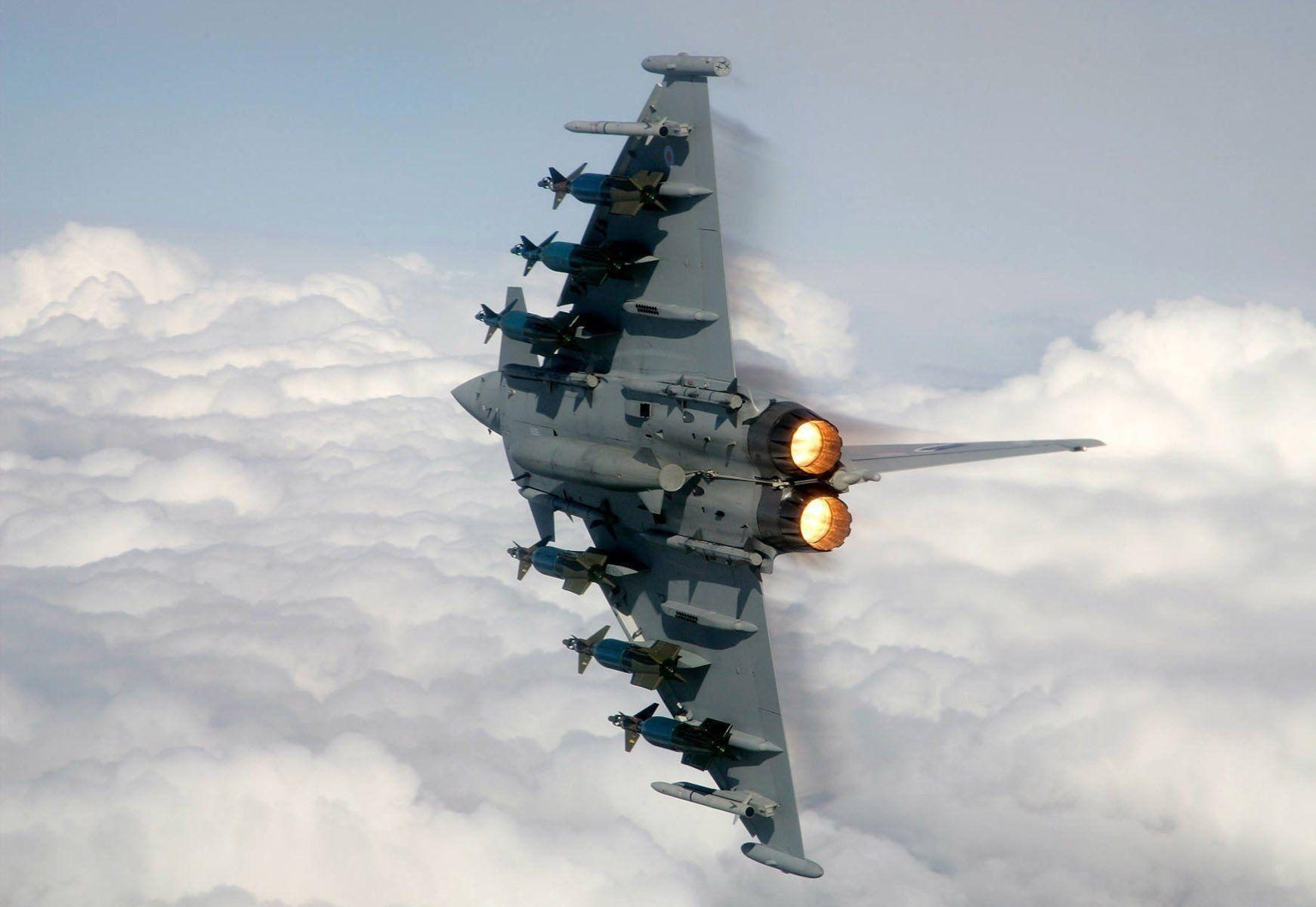
Typhoon’s main strike weapons in the air-to-surface role will be the Storm Shadow, Brimstone, and Paveway IV. It can also carry other weapons including Paveway II and III series of laser-guided bombs, AGM-88 HARM, and ALARM anti-radiation missiles.
The Hammer glide and boosted bomb guidance kits give Rafale capability analogous to Paveway IV but with a larger warhead and range. Rafale can also carry US-made Paveway II and III series of laser-guided bombs.
Both carry virtually the same cruise missile called SCALP on the Rafale and Storm Shadow on the Typhoon. The Rafale, only in French service, can also carry the ASMP-A nuclear standoff missile.
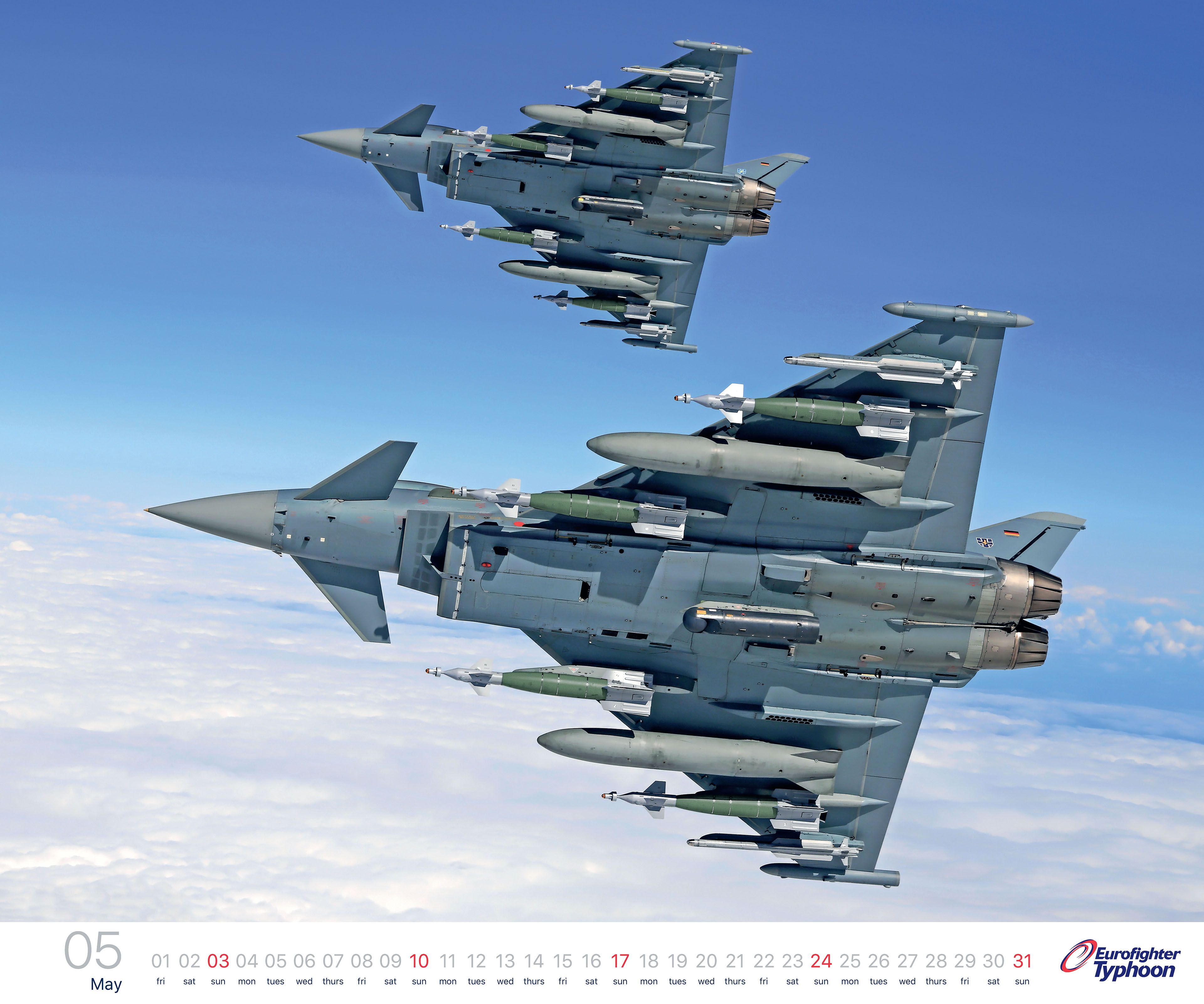
SEAD Capability
The SPECTRA self-protection suite onboard the Rafale gives the aircraft superior electronic countermeasures capability having compared to the system on the Typhoon in the suppression of enemy’s air defense (SEAD) role when entering highly contested areas of a battlefield.
SPECTRA has a better electronic warfare triad of electronic support measures/electronic countermeasures/compared to the Typhoon’s defensive aid sub-system (DASS).
Performance
In a dogfight, Rafale will have the advantage below 15,000 feet as it has better agility, sustained turn and instantaneous turn capabilities.
Between 15,000 feet and 30,000 feet, the Typhoon might start off with an advantage in a supersonic merge but Rafale will catch up as speed decreases during a prolonged engagement. As altitude increases, Typhoon’s more powerful engines and decoupled canards give it a slight advantage.
Aerodynamically, Typhoon has been designed to best-opposing fighters in acceleration, agility, and climb rate at high altitudes to have an advantage in beyond-visual-range combat.
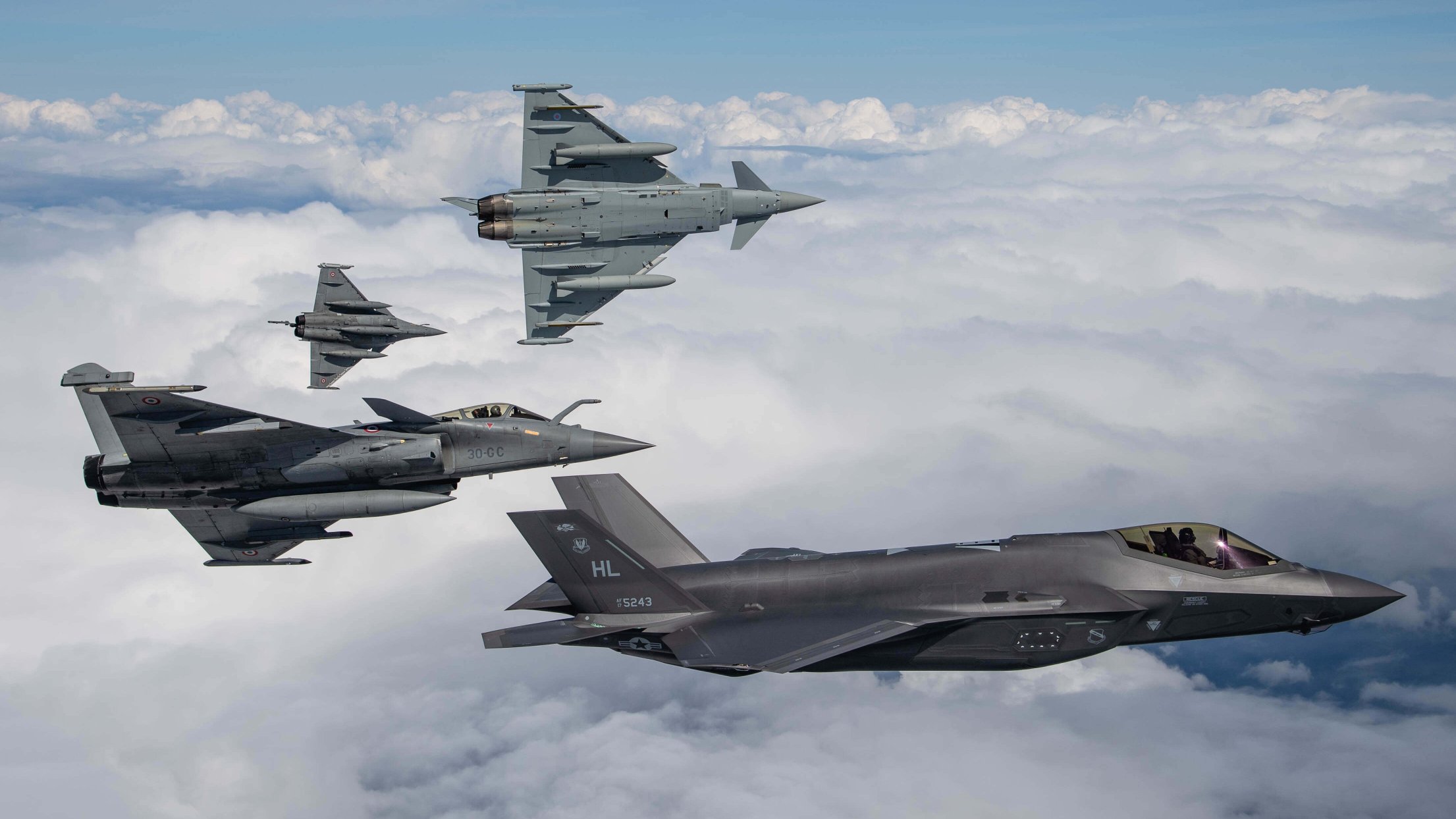
On the other hand, Rafale’s design makes it perform at lower altitudes and subsonic speeds. Compared to other fighters, it has superlative performance but it can’t match Typhoon’s climb rate and power output especially at higher altitudes. However, fully loaded, Rafale outclasses Typhoon across the board, having the ability to carry heavy multi-role munitions.
As F-35 Goes Nuclear, Is Lockheed Martin On Course To Arm US’ Stealth Jets With Hypersonic Missiles?
As India Opens Up Space, How ISRO Could Help Indian Air Force Become An Aerospace Superpower?
Bangladesh needs more of an interceptor aircraft with secondary strike capabilities and for that, the Typhoon is tailor-made. But if Dhaka goes to war in the future, then Rafale with its impressive load-carrying capability and SPECTRA self-protection suite is the aircraft to go for. That the Rafale is as good as the Typhoon in the air-to-air role is also an added advantage.




